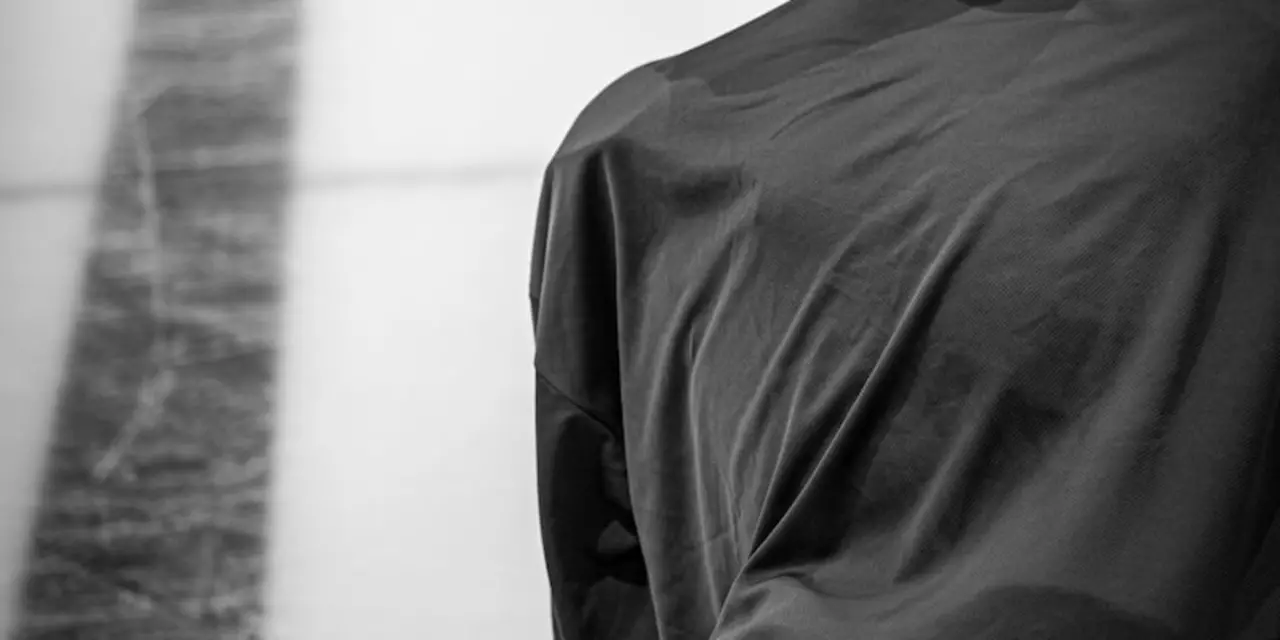The History of Fighting in Hockey: How it Became an Accepted Part of the Game
The origins of fighting in hockey can be traced back to the late 19th century when the game was still in its infancy. At that time, fights were not considered a part of the game, but rather an individual act of aggression. As the game evolved, so did the rules and regulations surrounding it. In 1922, the National Hockey League (NHL) established the first set of rules on fighting, which stated that players could not engage in fighting during a game.However, it wasn't until the late 1960s that fighting began to become an accepted part of the game. During this time, the NHL began to relax its stance on fighting and allowed it to occur in certain situations. This was largely due to the increasing popularity of the game and the need to attract a larger audience to watch the games.
Today, fighting is still an accepted part of the game and is regulated by the NHL. While it is still illegal to fight in a game, players are allowed to drop their gloves and settle their differences on the ice. In addition, the league has created several rules and regulations to help prevent serious injuries from occurring as a result of a fight.
Overall, fighting in hockey is an accepted part of the game and has been for several decades. While it is still illegal and regulated by the league, it is an integral part of the game and is often seen as a necessary way for players to settle their differences.
Exploring the Reasons Why Hockey Players Choose to Fight
When it comes to hockey, the sport is often associated with physical contact and the occasional fight. But are hockey players really allowed to just fight? In this blog, we'll explore why players choose to fight and what the league's policies are on fighting in the game.First and foremost, it's important to understand that hockey is a contact sport. The physicality of the game is a big part of the appeal and excitement for fans. Players are allowed a certain amount of body contact and pushing, and this is often what leads to fights. Players may also choose to fight if they believe that an opposing player has done something wrong or has violated the rules.
The NHL has a clear policy on fighting. Fighting can result in a game misconduct, which is a serious penalty. In addition, players can be suspended or fined for their actions. The reason for these punishments is to discourage players from fighting and to protect the safety of everyone involved.
It's also important to note that not all fights in hockey are intentional. Players may accidentally collide or become entangled with each other, leading to a fight. This is known as a "scrum" and is often seen as a part of the game. Scrums are typically not penalized, as long as no punches are thrown.
Ultimately, hockey players are not allowed to just fight. The league has strict policies in place to protect the safety of both players and fans, and these policies discourage fighting. However, physical contact is an important part of the game and can lead to fights in some cases.
Examining the Impact of Fighting on Hockey Players' Health and Performance
The issue of fighting in hockey has been a highly debated topic for many years. Hockey is a fast-paced, physical sport that often involves physical contact between players. In some cases, these physical confrontations can escalate into full-on fights, which raises the question - are hockey players really allowed to just fight?The answer to this question is both yes and no. While fighting is technically against the rules in the NHL, it is often tolerated and even encouraged by some fans and players. This has led to an increase in the number of fights that occur during NHL games. However, this has also led to increased concerns about the safety and health of the players involved.
When hockey players fight, it can result in serious physical harm, such as concussions, broken bones, and even death. In addition, the psychological effects of fighting can also be damaging. Players may experience anxiety, depression, and fear, which can affect their performance on the ice and even lead to a decrease in their overall enjoyment of the sport.
Another concern is that fighting can lead to a decrease in player performance. Fighting can cause players to become distracted and lose focus on the game, which can lead to mistakes and poor play. In addition, players who are frequently involved in fights may miss out on important practice time, which can lead to a decrease in their ability to perform at their best.
Ultimately, it is up to the players and coaches to decide whether or not fighting is appropriate. It is important to consider both the physical and psychological effects of fighting and to ensure that it does not negatively affect their performance or health.
How Technology is Changing the Way Hockey Players Fight
The way hockey players fight is changing with the advent of new technologies. With the emergence of GPS tracking, video analysis and other data-driven tools, leagues are now able to monitor and analyze the way players fight on the ice. This is leading to a more controlled, calculated approach to fighting on the ice, and the changes are already being felt by NHL teams.GPS tracking has allowed teams to track the movement of players during a fight, giving them a better understanding of how to approach a fight. With this data, teams can adjust the way they approach a fight, and can even adjust the way they handle a fight before it even starts.
Video analysis has also allowed teams to review footage of fights, allowing them to study the techniques used by players and make adjustments accordingly. This could include teaching players how to protect themselves better, or teaching them how to use their body to create openings for their opponents.
Data-driven tools are also being used to better understand the way players fight. By analyzing the data from fights, teams can determine the best strategies to use in future fights. This could include analyzing the most effective strikes and blocks, as well as the best angles and distance to use.
These technologies are changing the way hockey players fight, creating a more controlled and calculated approach to fighting on the ice. With these new tools, teams can get a better understanding of how to approach a fight and can adjust their strategies accordingly.
The Pros and Cons of Allowing Fighting in Professional Hockey Leagues
The debate of whether or not fighting should be allowed in professional hockey leagues has been a topic of discussion for decades. On one hand, some argue that fighting is an essential part of the game and is necessary for keeping players in check. On the other, some argue that fighting is an unnecessary and dangerous aspect of the game that should be eliminated.The Pros of Allowing Fighting in Professional Hockey Leagues
The main argument in favor of allowing fighting in professional hockey leagues is that it serves as a way to keep players in check and protect star players from dangerous hits. Hockey is often referred to as a “contact” sport and players are expected to be physical with one another. When a player commits a particularly dangerous or dirty hit, the players on the ice often take it upon themselves to retaliate and protect their teammates. This is often done through fighting, and some argue that this is necessary for maintaining respect and order on the ice.
The Cons of Allowing Fighting in Professional Hockey Leagues
The main argument against allowing fighting in professional hockey leagues is that it is a dangerous and unnecessary aspect of the game. Fighting carries the risk of serious injury, which could have long-term consequences for players. In addition, some argue that it sets a bad example for younger fans, and it can lead to an increase in violence in the sport. Furthermore, it can take away from the focus of the game, which is skill, rather than violence.
Ultimately, the decision of whether or not to allow fighting in professional hockey leagues is up to the individual leagues and teams. While some may choose to allow fighting, others may opt to ban it altogether. It is important to consider both the pros and cons of allowing fighting in professional hockey leagues before making an informed decision.

